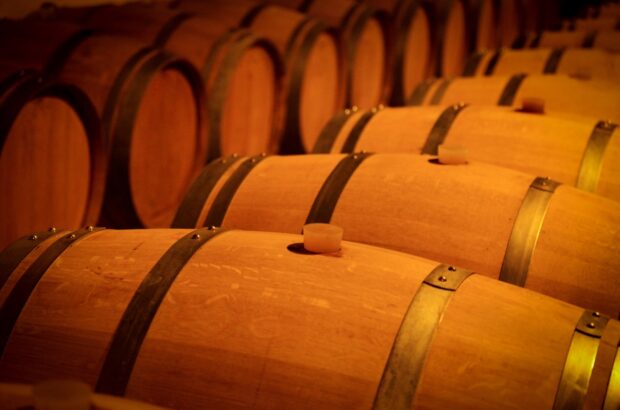According to the US parenting website BabyCenter, the girl’s name Chardonnay saw its usage peak in the 1990s, at 47 babies per million. It has declined since, to the point where www.parents.com ranked it the fourth worst baby name of 2019, stating: ‘Only next-level wine moms need consider this one.’
That’s Chardonnay: ubiquitous yet often invisible, fashion victim and victim of fashion. According to Kym Anderson’s Which Winegrape Varieties are Grown Where? (University of Adelaide Press, 2013), the worldwide Chardonnay vineyard nearly trebled between 1990 and 2010. An OIV study in 2017 cited Chardonnay as the fifth most widely planted wine grape variety in the world, with an area of 211,000 hectares globally.
There’s a yawning gulf between the deplorable and the divine when it comes to Chardonnay – yet many regions manage to produce both. South America is no exception.
‘The results reveal a commendably high hit rate, the sweet spot being in the £12-£20 range’
Chile has the largest plantings of Chardonnay in South America, with 11,297ha (8% of the national vineyard). It’s the fourth most widely planted variety after Cabernet Sauvignon, Sauvignon Blanc and Merlot, producing 91 million litres of wine in 2019.
While there’s a fair amount of commercial dross, the overall standard of Chilean Chardonnay has improved markedly of late as producers promote freshness, typicity and, at the very top end, terroir. Quality hotspots include Limarí, Aconcagua Costa, Casablanca, San Antonio and Malleco. The deep south looks to hold good potential for the future, and there are promising things emerging from cooler Andean altitudes in the east.
Given that only 19% of Argentina’s vineyard is dedicated to white varieties, it’s little surprise that Chardonnay accounts for a paltry 3% of national plantings. With 6,044ha, it ranks sixth after Malbec, Bonarda, Cabernet Sauvignon, Syrah and Torrontés. And yet the country’s finest Chardonnays have set an impressive standard – some of the best are grown at breathless altitude in the Uco region of Mendoza, with Tupungato a particular area of note. There are also good examples from the cooler latitudes of Patagonia further south.
Accurate data are hard to come by for Brazil, but Chardonnay undoubtedly ranks as one of the top Vitis vinifera plantings, mainly for sparkling wine, but also still. Producers such as Guaspari, Pizzato and Valduga have shown the potential for expressive, elegant styles. In Uruguay, Chardonnay ranks a measly ninth in plantings, with 104ha, yet the natural freshness, purity and refinement of the better examples clearly suggest a bright future for the variety, especially in more Atlantic terroirs. Chardonnay can also be found in Bolivia, Peru and further afield.
In order to select my top 20, I tasted 74 Chardonnays from Chile, Argentina, Brazil and Uruguay blind in February 2020. The best were re-tasted across another four sessions, all blind, one including food. The focus was on wines available in the UK (or US) market and under £20. Scores take price into account. The results reveal a commendably high hit rate, the sweet spot being in the £12-£20 range, with producers clearly prioritising freshness and texture, both essential qualities in the best Chardonnay. Wine lovers seeking alternatives to Burgundy and its pricey cousins would do well to check these out.








